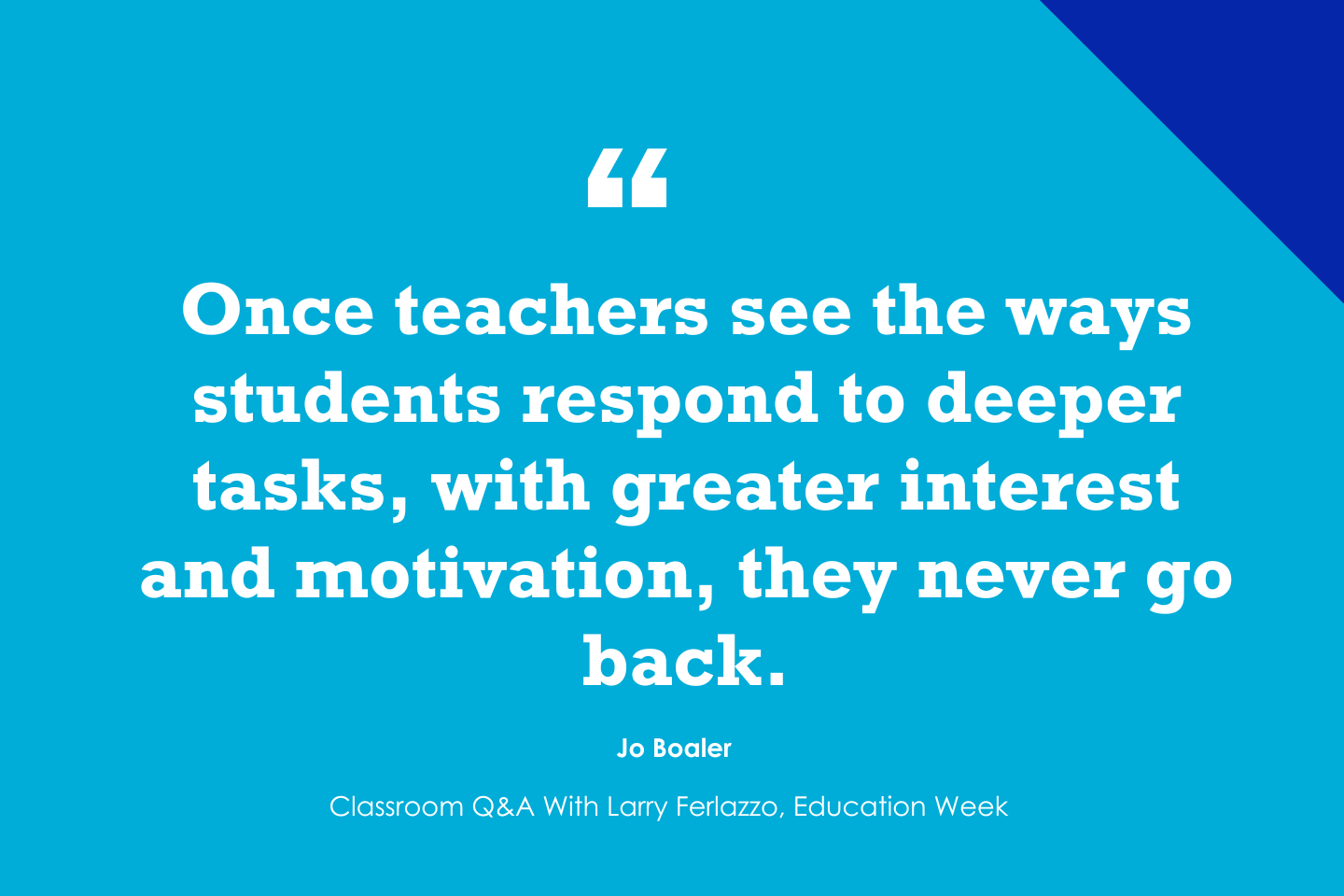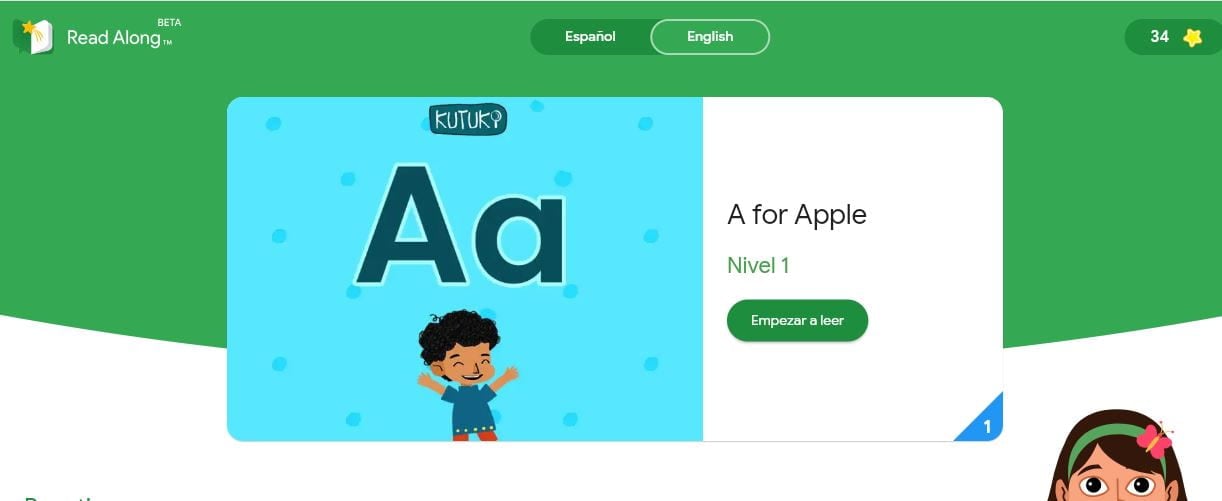This post originally appeared on the Reading Horizons blog and is reposted here with permission.
Key points:
Every teacher can use support, and paraeducators are just that
Paraprofessionals: The unsung heroes of the classroom
How to ensure clear communication with your paraprofessionals
For more news on literacy, visit eSN’s Innovative Teaching hub
Could Harry Potter have defeated Voldemort without the skill and support of Hermione Granger and Ron Weasley? Not a chance. Can you imagine Lucy without Ethel? It’s unthinkable.
While main characters receive most of the attention, their sidekicks often work behind the scenes–planning, strategizing, and executing–so the dynamic duos can overcome challenges and achieve their goals.
Successful classrooms are no different. Across the country, teachers and students benefit from the skills, support, and knowledge of classroom super sidekicks: paraeducators.
With the ongoing teacher shortage, mixed-ability classes, and more students needing
intervention, now is the time for districts, schools, and individual classrooms to elevate paraeducators for maximum impact.
Yes, paraeducators are there to assist teachers; however, that doesn’t mean they’re just an extra set of hands. An effective Structured Literacy classroom uses a combination of direct instruction, independent and collaborative practice, and self-guided software, creating ample opportunities for paraeducators to come to the rescue!
The more paraeducators know about the content and curriculum, class routines, and
software programs, the more they can expand instructional options. Administrators must include paraeducators in training and ongoing professional learning to effectively support literacy instruction based on the science of reading. When paraeducators have knowledge and specific responsibilities, they offer greater flexibility and differentiation as true partners in the classroom.
Here are six proven ways to maximize paraeducator impact in Structured Literacy
classrooms:
1. Multilingual learners (and other special populations)
Multilingual learners, especially newcomers, need additional support with oral
language and pronunciation as they move through foundational literacy skills. By
leveraging paraeducators for one-on-one or small-group support, these learners
can move at the appropriate pace. As a bonus, bilingual aides are especially helpful
with translating to support instruction, vocabulary development, and comprehension–especially if you seek out paraeducators with bilingual skills in the languages you commonly see in your classroom.
2. Intervention or enrichment
Whether working with a small group of striving readers (intervention) or excelling
readers (enrichment), two heads are always better than one! Dispatching your
paraeducator to work with a small group frees the teacher to remain with the rest
of the class or work with a small group. For example, your paraeducator can read a
decodable passage with a small intervention group (supporting their understanding); the teacher uses text with the rest of the class, working on more complex skills like finding evidence in the text to answer comprehension questions.
3. Stations
Paraeducators can serve as an additional station on days when you do rotations! For
instance, in a three-station rotation, the students can move between direct instruction with the teacher (one), self-guided skill-check software (two), and transfer activities with the paraeducator, such as decodable text, authentic text, and writing (three).
4. New students
Getting a new student in your classroom in the middle of the year may be exciting
for your students–but disruptive for your instruction. How can you get the latest
student acclimated and up-to-speed without sacrificing progress for the rest of the
class? Paraeducators can work with new students on diagnostic assessments, teach
previous skills, and onboard them to the required software.
5. One-on-one practice
Sometimes, students need just a little extra support and attention to overcome
roadblocks in their learning. When the primary teacher determines that students
need additional practice with a skill, the paraeducator can work with an individual
or small group. For example, if two students struggle with a decoding skill, the
paraeducator could check for understanding and then reteach and reinforce the
skill until the students have a solid grasp–and can apply it in reading and spelling.
This tip is especially pertinent when a student is out for an extended period and
needs one-on-one instruction to get caught up!
6. Self-guided software
If the software is self-guided, why do you need a paraeducator involved? Well,
self-guided software can be a mixed blessing in a classroom. It’s highly effective
when students use it to practice skills on their own–but less so when they leave the
software and begin browsing the web! Rather than monitor usage, the paraeducator can optimize software usage in your class. They can float to support independent software usage, check reports, and monitor real-time data. This tip is beneficial when the primary teacher provides direct instruction or conducts a reading group.
What are other ways that paraeducators could provide support in your Structured
Literacy classroom?
Teachers are heroes.
We can all agree on that. However, every hero needs a sidekick, and paraeducators are just that. When you properly train and enrich your paraeducators–and have a dedicated plan for them in the classroom–it makes everyone more effective. And your student outcomes will prove it.
Could Harry Potter have defeated Voldemort without the skill and support of Hermione Granger and Ron Weasley? Not a chance. Can you imagine Lucy without Ethel? It’s unthinkable. District Management, eSchool Media, Featured on eSchool News, Innovative Teaching, Literacy, challenges, classroom, classrooms, goals, literacy, skills, students, support, teacher, teachers eSchool News









